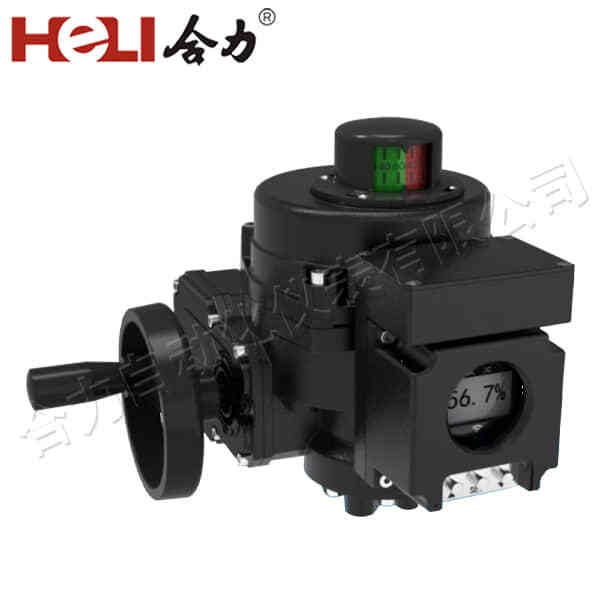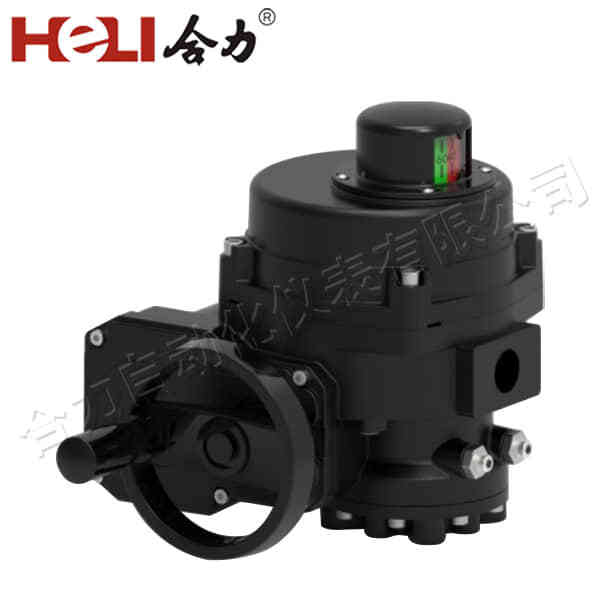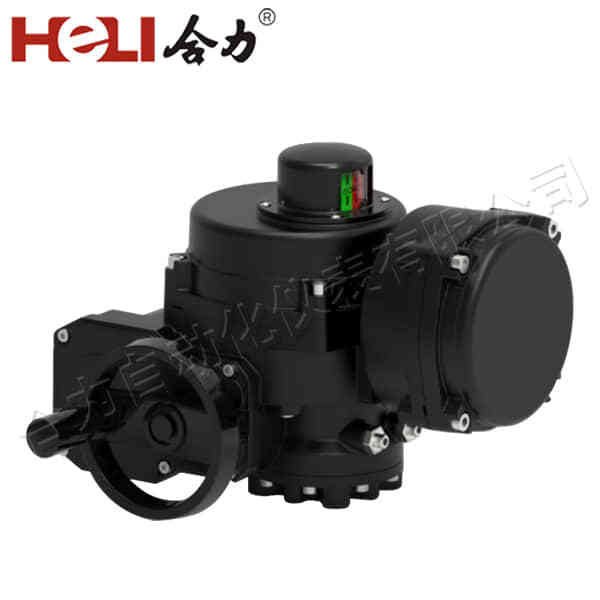Electric actuators are one of the most fundamental components in modern automation systems. These devices convert electrical energy into mechanical motion, playing a critical role in industries such as manufacturing, robotics, HVAC (heating, ventilation, and air conditioning), automotive, and more. As automation continues to evolve, the demand for precise, reliable, and energy-efficient actuators has only grown. This article explores the mechanics, types, applications, and advantages of electric actuators.

What is an Electric Actuator?

At its core, an electric actuator is a mechanism that uses electrical energy to generate mechanical motion. It operates through an electric motor, typically a DC or AC motor, which drives the actuator’s movement either in rotational or linear motion. The actuator then transmits this movement to the object it controls, such as a valve, door, or robotic arm. Electric actuators are often preferred over their pneumatic and hydraulic counterparts because they are more energy-efficient, easier to maintain, and capable of providing precise control. They are typically powered by a power supply, with the movement controlled either manually or automatically by sensors, controllers, or external commands.
